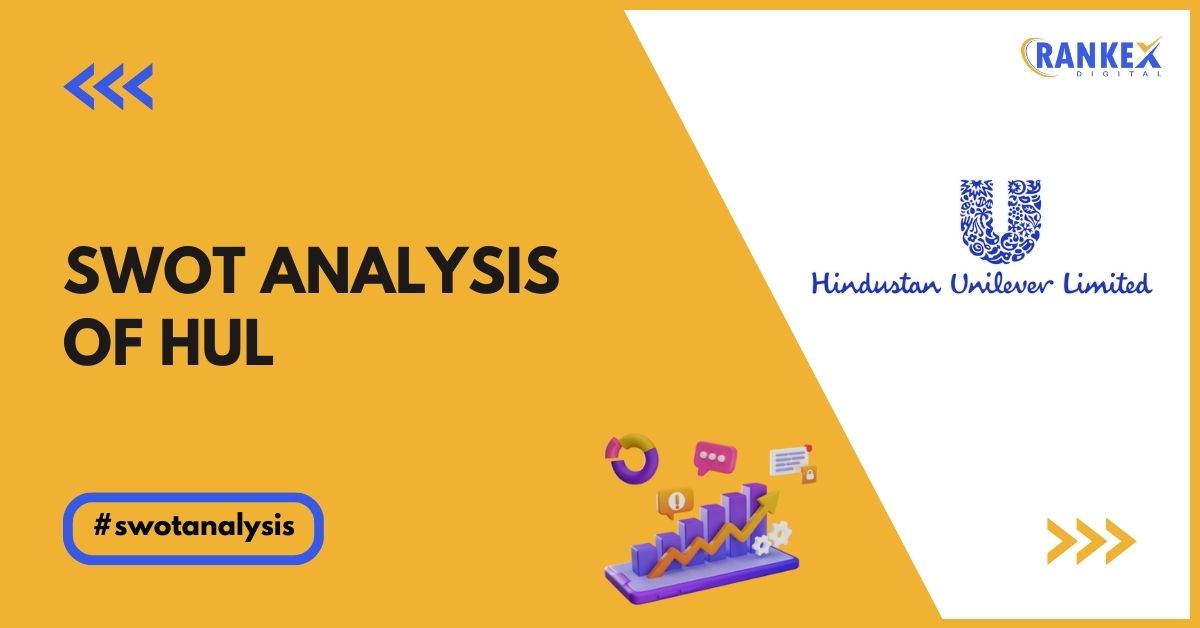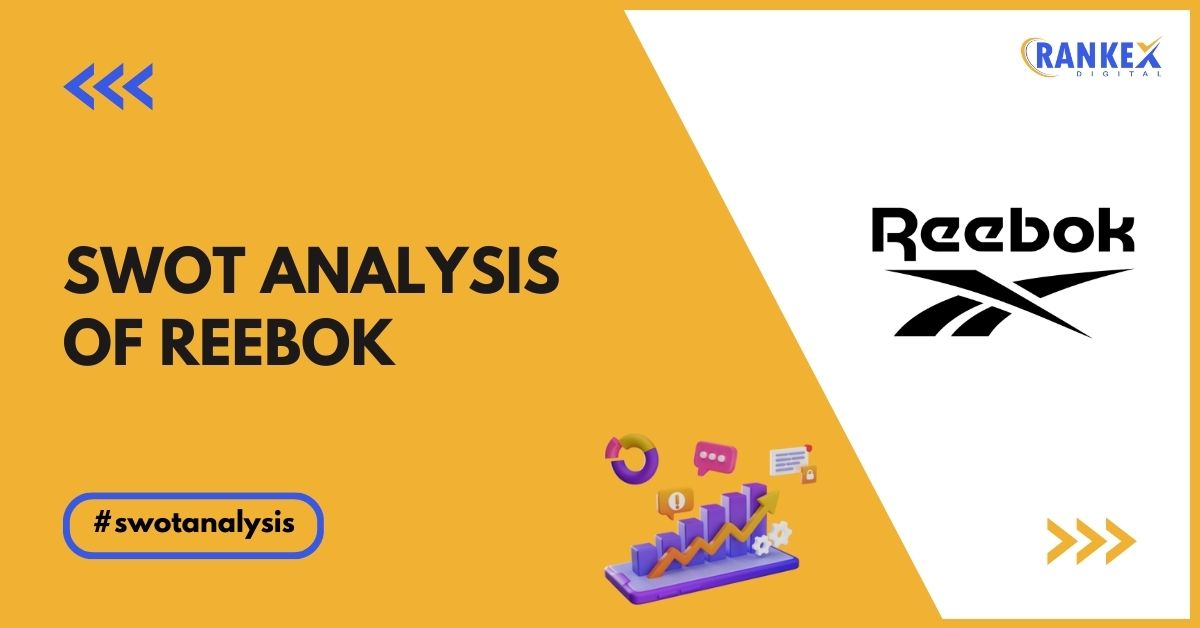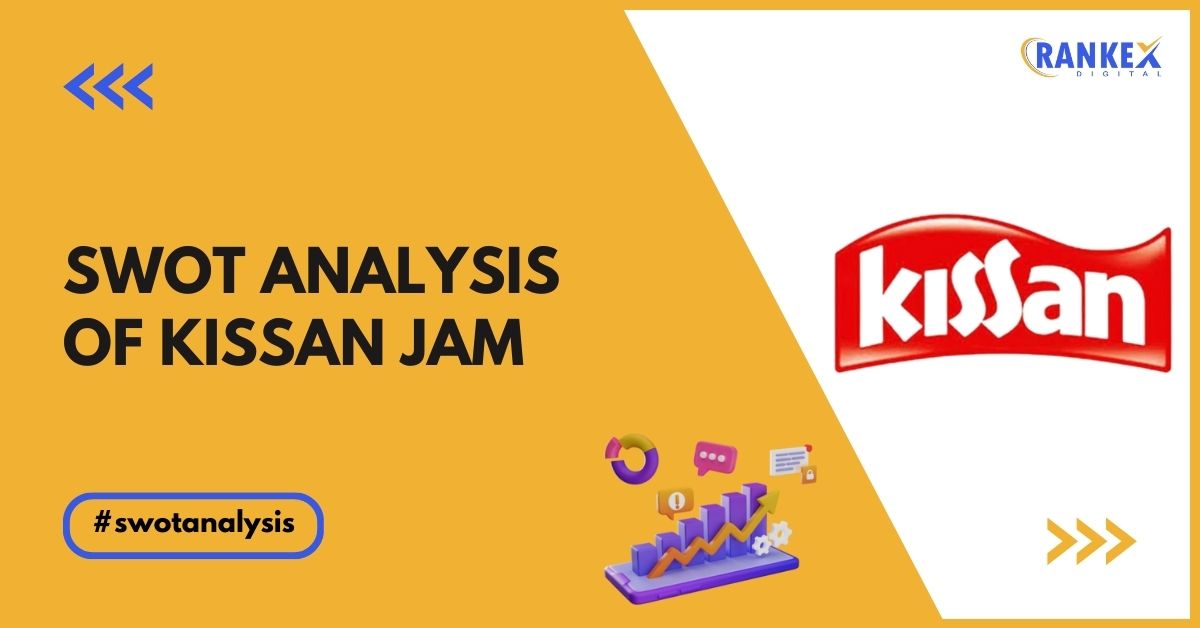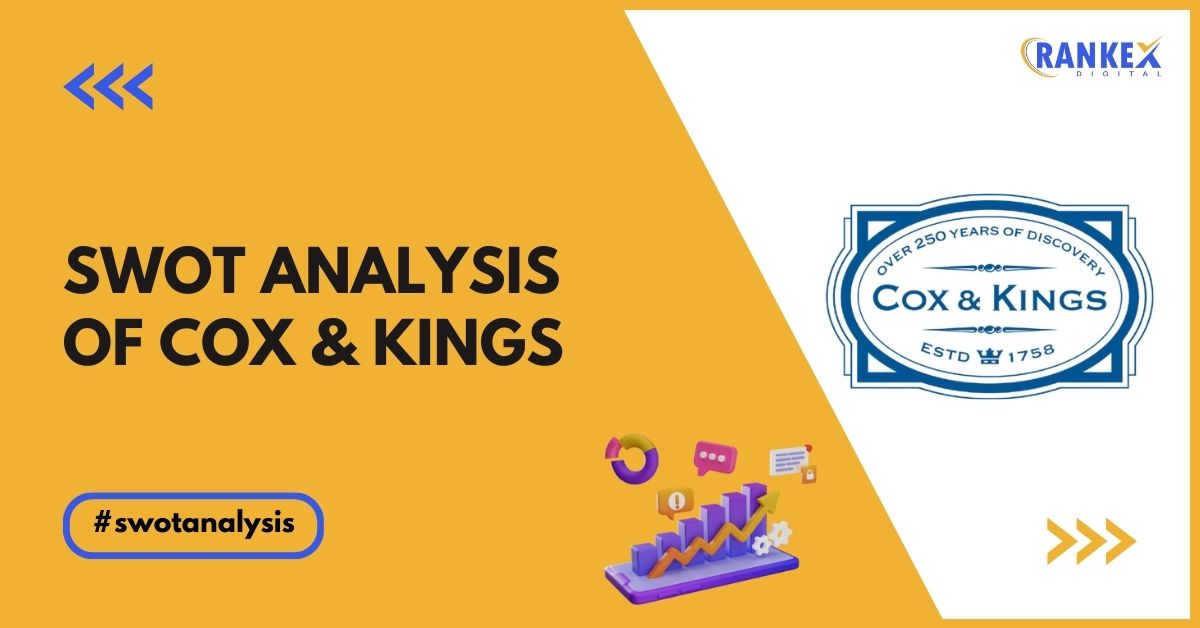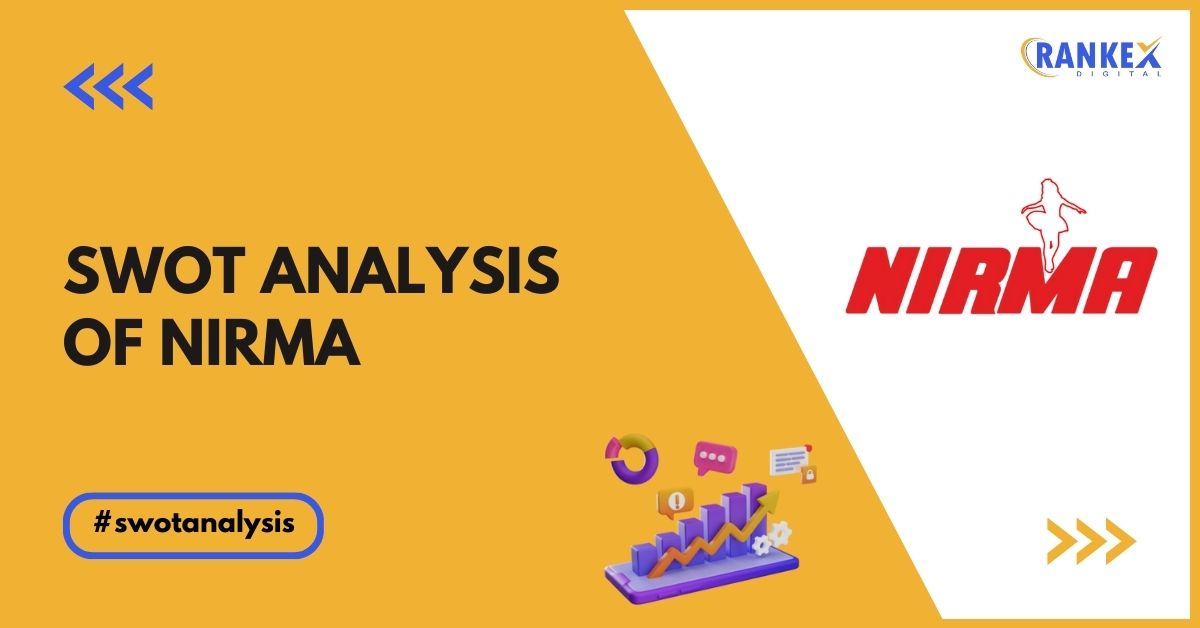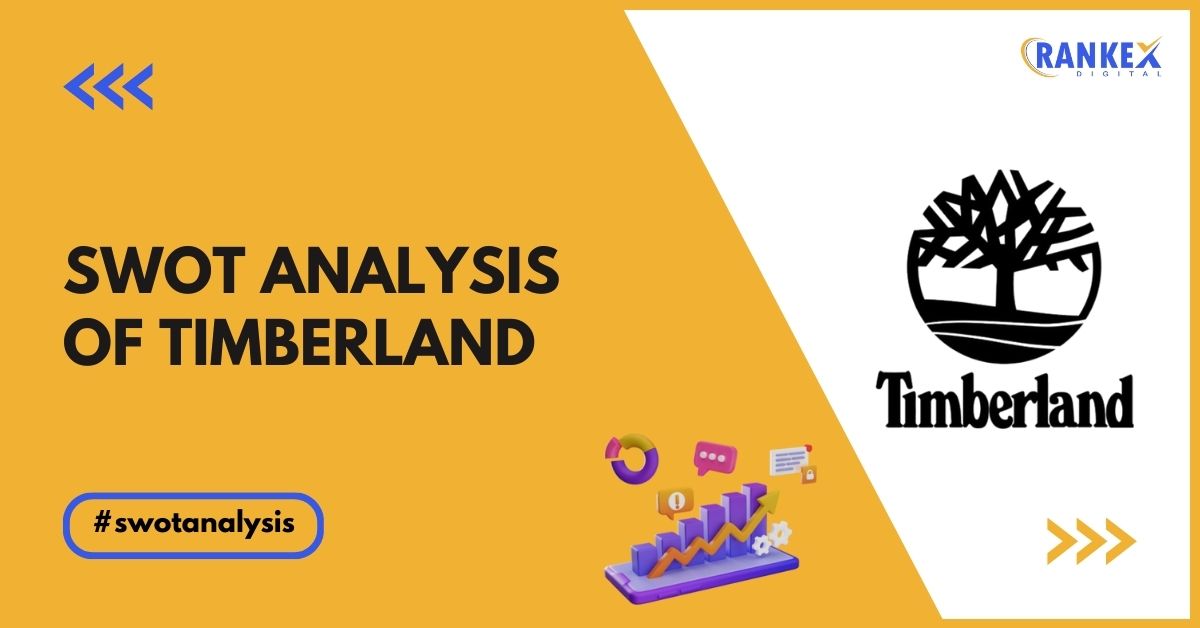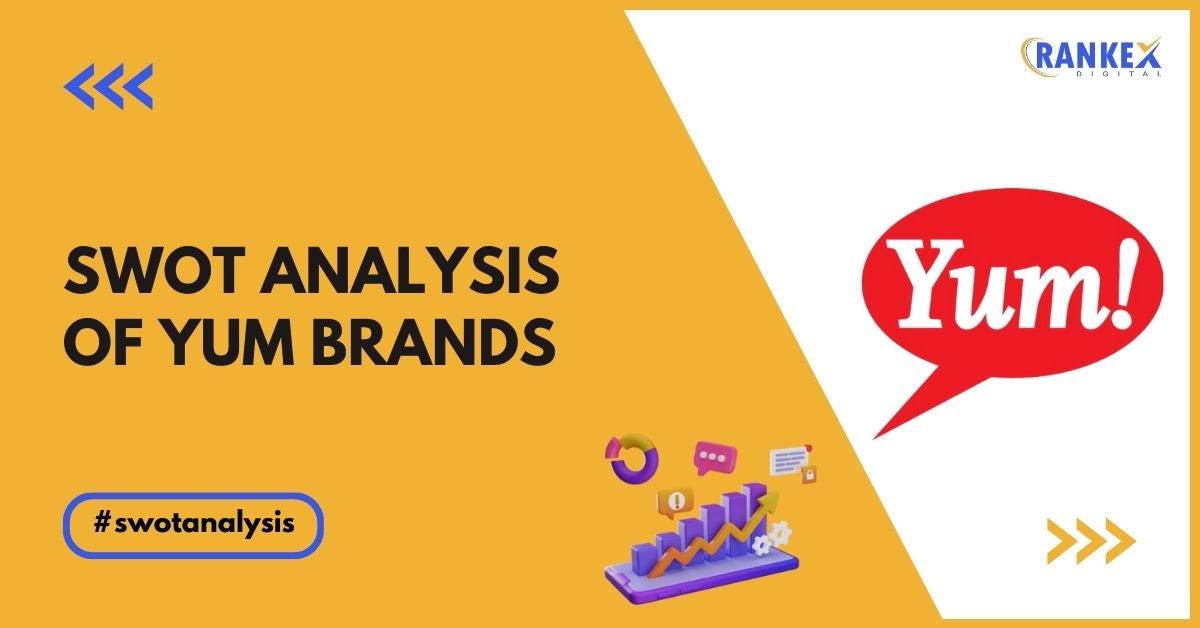Hindustan Unilever Limited, commonly known as HUL, is one of the leading fast-moving consumer goods companies in India.
In this blog post, we will conduct a comprehensive SWOT analysis of HUL, delving into its internal strengths and weaknesses, as well as external opportunities and threats it faces in the market.
Understanding these factors is crucial for strategic decision-making and gaining insights into HUL’s position in the industry.
Table of Contents
About HUL

HUL has been a cornerstone of the Indian consumer market since its inception in 1933. The company offers a wide range of products, including personal care items, home care products, and foods.
From the bustling streets of Mumbai to the remote villages of rural India, HUL’s products are ubiquitous, reaching millions of households across the country.
Over the years, HUL has achieved remarkable milestones, establishing itself as a trusted household name. Its commitment to quality, innovation, and customer satisfaction has earned it a prominent place in the hearts of consumers nationwide.
Current News of HUL
In recent news, HUL has been making strides in both financial performance and strategic acquisitions. The company’s acquisition of several smaller brands has expanded its portfolio and strengthened its market presence.
Additionally, HUL’s financial reports indicate robust growth, reflecting its ability to adapt to changing market dynamics and consumer preferences.
Amidst evolving consumer trends and competitive pressures, HUL continues to demonstrate resilience and agility, positioning itself as a formidable player in the FMCG sector.
Buyer Persona
Understanding the diverse consumer base of HUL sheds light on its market strategies and product development.
Buyer’s Persona
HUL’s products cater to a diverse demographic of consumers spanning different age groups and geographical regions.
From young urban professionals to families in rural areas, HUL products resonate with individuals seeking quality, convenience, and affordability. Consumers choose HUL for its wide product range, reliability, and brand reputation.
Whether it’s skincare essentials, household cleaners, or daily groceries, HUL’s products address various needs and preferences, making them a preferred choice among consumers nationwide.
Motivation
The motivation behind consumers’ loyalty to HUL lies in the company’s commitment to delivering superior products that enhance their everyday lives. HUL’s brands evoke trust and satisfaction, backed by years of consistent quality and innovation.
Consumers perceive HUL products as reliable solutions to their needs, whether it’s achieving radiant skin, maintaining a clean home environment, or enjoying delicious meals.
he positive sentiment towards HUL’s brand stems from its ability to consistently meet or exceed consumer expectations, fostering a sense of loyalty and affinity among its customer base.
Interest & Hobbies
Consumers who choose HUL products are often interested in leading healthy lifestyles, maintaining personal hygiene, and creating comfortable living spaces.
They value products that align with their values and preferences, seeking convenience without compromising on quality.
HUL’s diverse product offerings cater to various interests and hobbies, whether it’s indulging in self-care rituals, exploring culinary delights, or keeping their homes tidy and organized.
Through targeted marketing and product innovation, HUL effectively communicates with consumers, addressing their needs and aspirations.
Pain Points
While HUL enjoys widespread popularity, some consumers may experience pain points related to product availability, pricing, or performance.
Feedback from consumers highlights areas where HUL can improve, such as enhancing product accessibility in remote areas, offering more affordable options, or addressing concerns regarding product efficacy.
By actively listening to consumer feedback and implementing necessary improvements, HUL can strengthen its relationship with customers and ensure their satisfaction.
Social Media Presence
HUL maintains an active presence on social media platforms like Facebook and Instagram, engaging with consumers through compelling content, contests, and promotions.
The company leverages social media to communicate its brand values, showcase product innovations, and address consumer queries and feedback promptly.
Consumers often share their experiences with HUL products on social media, providing valuable insights and testimonials that contribute to brand advocacy.
HUL’s social media strategy focuses on fostering meaningful connections with consumers, building trust, and amplifying its brand message across digital channels.
SWOT Analysis of HUL
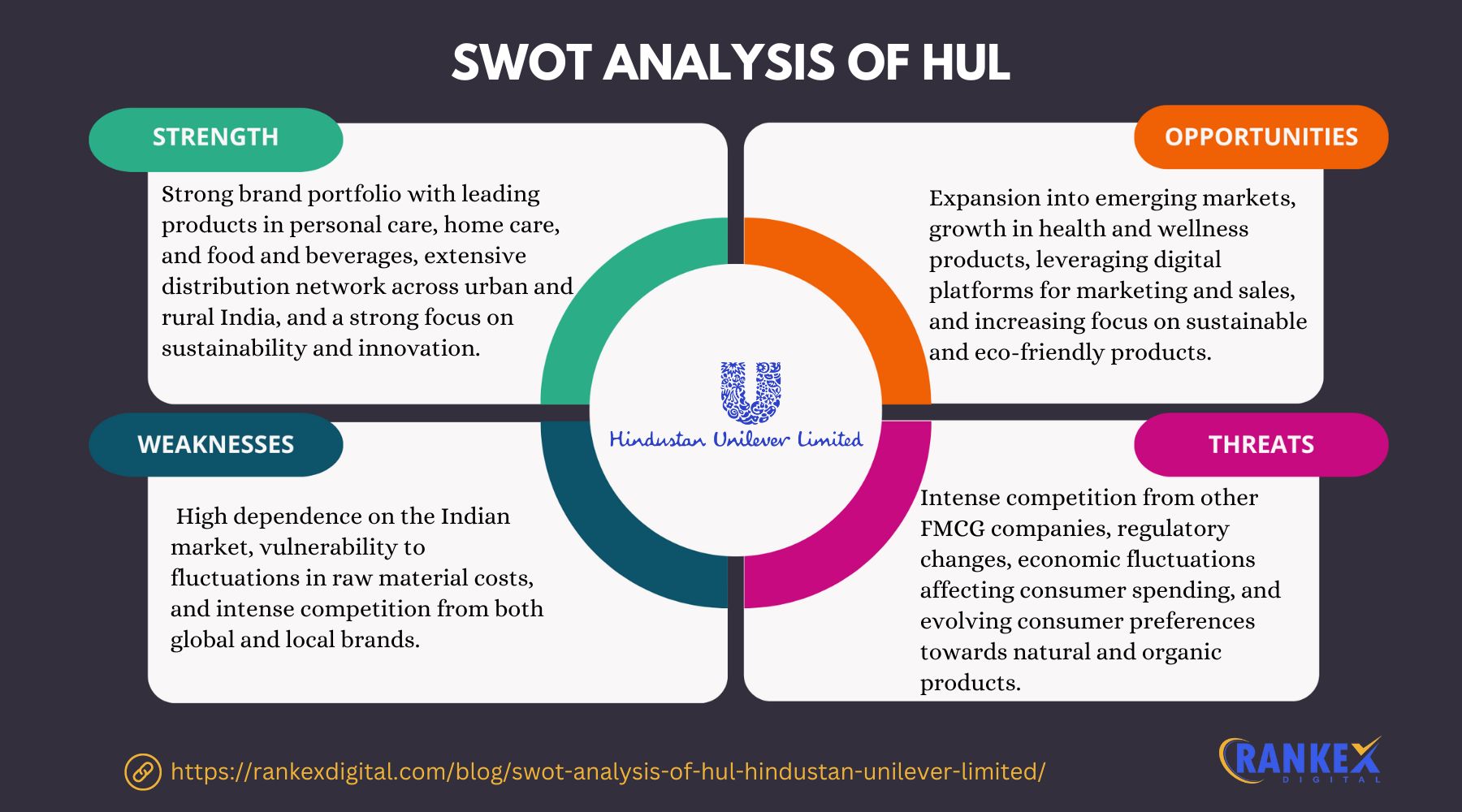
Analyzing the internal and external factors influencing HUL’s performance provides actionable insights for strategic planning.
Strengths of HUL
HUL boasts several strengths that contribute to its market leadership and brand reputation. The company’s extensive distribution network ensures widespread availability of its products, reaching even the most remote corners of the country.
Furthermore, HUL’s robust portfolio of well-established brands, including Dove, Surf Excel, and Lux, enjoys strong consumer loyalty and recognition.
Additionally, HUL’s commitment to innovation and sustainability underscores its ability to stay ahead of market trends and consumer preferences, driving long-term growth and profitability.
Weaknesses of HUL
Despite its market dominance, HUL faces certain weaknesses that warrant attention. The company’s heavy reliance on a few key product categories exposes it to risks associated with changing consumer preferences and market dynamics.
Moreover, pricing pressures and intense competition in the FMCG sector pose challenges to HUL’s margins and profitability.
Addressing these weaknesses requires strategic initiatives focused on diversifying product offerings, optimizing cost structures, and enhancing operational efficiency.
Opportunities for HUL
HUL is well-positioned to capitalize on various opportunities for growth and expansion. The burgeoning middle-class population and increasing disposable incomes present a ripe market for HUL’s products, particularly in rural and semi-urban areas.
Furthermore, rising health and wellness trends create opportunities for HUL to introduce innovative products catering to evolving consumer preferences.
Additionally, strategic partnerships and acquisitions offer avenues for HUL to expand its market reach and strengthen its competitive position in the industry.
Threats to HUL
HUL faces threats from both domestic and international competitors vying for market share in the FMCG sector. Rival brands launching similar products and aggressive pricing strategies pose a threat to HUL’s market leadership and profitability.
Moreover, regulatory changes, economic uncertainties, and supply chain disruptions present additional challenges to HUL’s operations.
Navigating these threats requires proactive risk management strategies and continuous innovation to stay resilient in a dynamic business environment.
Failed Campaigns of HUL
At times, HUL’s attempts to launch new campaigns or initiatives may not yield the desired results. Factors such as misalignment with consumer preferences, ineffective communication strategies, or unforeseen market conditions can contribute to campaign failures.
However, HUL views these setbacks as learning opportunities, leveraging insights gained to refine future marketing efforts and enhance brand effectiveness.
Top 5 Competitors of HUL
HUL faces competition from several formidable players in the FMCG sector, including Procter & Gamble, Nestle, ITC Limited, Colgate-Palmolive, and Dabur India.
While these competitors offer similar product categories, each has its unique strengths and market positioning.
By closely monitoring competitor strategies and consumer preferences, HUL can identify areas for differentiation and capitalize on its competitive advantages to maintain market leadership.
To Conclude
In conclusion, the SWOT analysis highlights HUL’s strengths, weaknesses, opportunities, and threats in the competitive FMCG landscape.
By leveraging its strengths in brand equity, innovation, and distribution, HUL can navigate challenges effectively and capitalize on emerging opportunities for growth.
Strategic initiatives focused on product diversification, market expansion, and customer engagement will be instrumental in driving HUL’s success in the future.
As HUL continues to evolve and adapt to changing market dynamics, its commitment to delivering value to consumers remains unwavering, ensuring its continued leadership in the FMCG industry.

